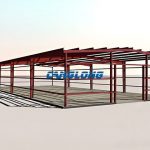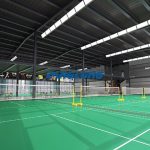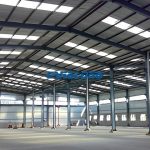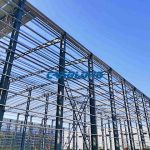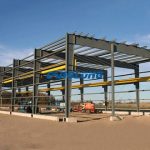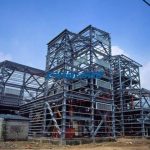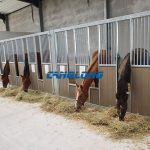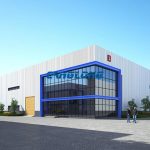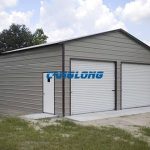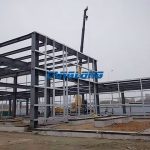How to choose the right steel structure for your project?
When building buildings, bridges, or any large-scale infrastructure, steel structures are the preferred choice due to their numerous advantages. Steel structures have excellent strength, versatility, and durability, making them suitable for various projects. However, selecting the appropriate steel structure for your specific project may be a complex decision. Design requirements, load-bearing capacity, environmental conditions, and cost considerations must all be carefully evaluated. In this article, we will guide you through basic considerations to help you choose the steel structure that best suits your project.
Determine project requirements
The first step in selecting a suitable steel structure is to clarify your project requirements. Consider the purpose of the structure, expected load-bearing capacity, and required design aesthetics. Identify any specific regulations, rules, or standards that your location must comply with. Understanding these requirements will help you choose the most suitable type of steel structure and ensure compliance with relevant guidelines.
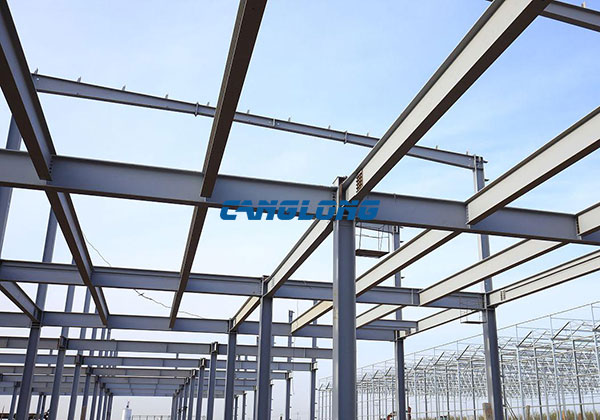
Evaluate structural design options
Steel structures come in various forms, each with its own advantages and limitations. The three main structural design options are:
- Steel frame: The steel frame is composed of beams and columns interconnected by joints. They provide excellent flexibility, allowing for large open spaces and adaptable layouts. Steel frames are commonly used in commercial and industrial buildings.
- Steel truss: A truss is a rigid frame composed of interconnected triangular components. They are lightweight but very sturdy, suitable for large-span structures such as warehouses, sports arenas, and airport terminals.
- Steel arch structure: The arch structure utilizes curved beams to provide strength and stability. Commonly used in large-scale projects such as bridges, sports venues, and exhibition halls. Understanding the advantages and limitations of each design option will help you determine the most suitable choice for your project.
Assess carrying capacity
Evaluating load-bearing capacity is crucial for ensuring structural integrity and safety. Consider the expected weight of the structure, including dead load (self weight, fixed devices) and live load (occupants, equipment). In addition, consider any potential dynamic loads, such as wind or seismic forces, based on the project location. Consult a structural engineer to accurately calculate the required bearing capacity and select steel structure that can meet these requirements.
Consider environmental factors
Environmental conditions can significantly affect the performance and lifespan of steel structures. Careful evaluation should be conducted on factors such as temperature changes, humidity levels, corrosive environments, and exposure to chemicals. For example, in coastal areas, salt water corrosion is a problem, and stainless steel or galvanized steel structures may be more suitable. Understanding environmental factors will help you choose the appropriate type of steel and protective coatings to enhance the durability of the structure.
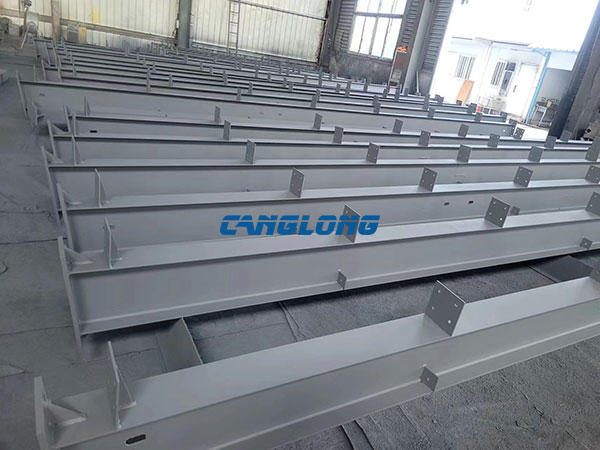
Optimize cost efficiency
Cost considerations play a crucial role in the selection process. Assessing initial construction costs, maintenance costs, and lifecycle costs is crucial. Although steel structures may have higher upfront costs compared to other building materials, they typically provide significant long-term savings due to their durability and minimum maintenance requirements. Consider the overall cost-effectiveness of steel structures throughout their entire lifecycle, including factors such as energy efficiency and potential for future expansion or renovation.
Seeking expert advice
It is important to consult experienced professionals, including architects, structural engineers, and steel structure manufacturers, when selecting the appropriate steel structure for your project. They possess professional knowledge to evaluate the unique requirements of your project, assist in design optimization, and recommend the most suitable steel type, size, and manufacturing technology. Collaborating with experts can ensure wise decision-making and minimize the risk of costly errors or structural defects.
Quality assurance and compliance
Ensure that the steel structure you choose meets relevant quality standards and certifications. Looking for reputable steel manufacturers who adhere to industry best practices, have strict quality control measures, and provide warranty. Verify whether the steel meets recognized standards, such as American Institute of Steel Construction (AISC) specifications, European specifications, or other applicable local regulations. Prioritize quality and compliance to ensure the structural integrity of the project.
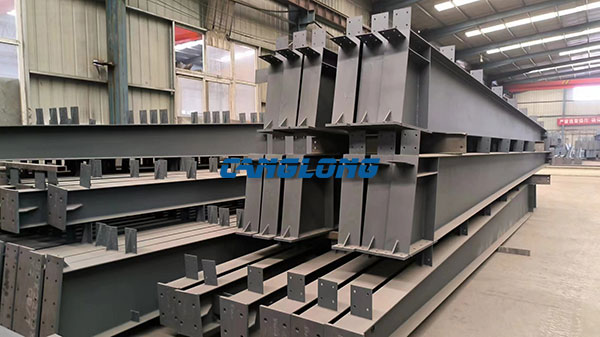
Conclusion
Choosing the appropriate steel structure for your project is a crucial decision that requires careful consideration of multiple factors. By clearly defining your project requirements, evaluating design options, assessing carrying capacity, considering environmental factors, optimizing cost efficiency, seeking expert advice, and ensuring compliance, you can make wise choices that meet project requirements. Please remember that choosing the right steel structure is not only crucial for the successful completion of the project, but also for its long-term performance and durability.
